If Disrupted, It Becomes Tangible. Infrastructures and Solidarities beyond the post-Soviet Condition
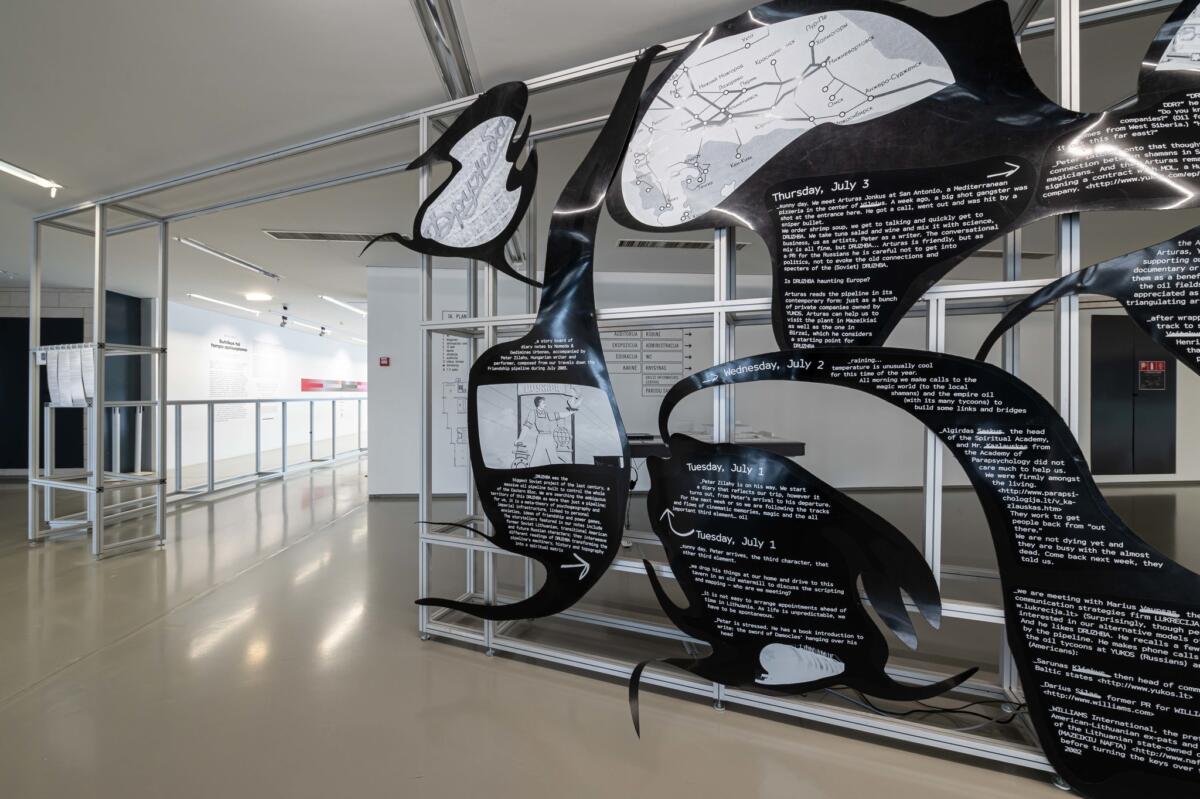
The exhibition If Disrupted, It Becomes Tangible at the National Gallery of Art (Vilnius) explores the political context of extractivist and logistical infrastructures, digital and information technologies (IT), affected by wars and political uprisings in the geography and temporality that goes beyond the post-Soviet condition.
Based on the ruins of the Soviet system of technical education, research and production—lately deregulated and mainly privatised — the development of IT introduced ex-Soviet countries to the global economic and labour market with its geographical unevenness. This process could be described as a specific form of IT colonialism that operates through the exploitation of a highly qualified and inexpensive labour force. However, the material base that we refer to as ‘cybernetic ruins’ was not neutral: historically, scientific knowledge and IT were developed as a part of the military-industrial complex, extractivist logistics and transportation, as well as the development of post-Soviet fossil capitalism with its neo-imperialist infrastructures.
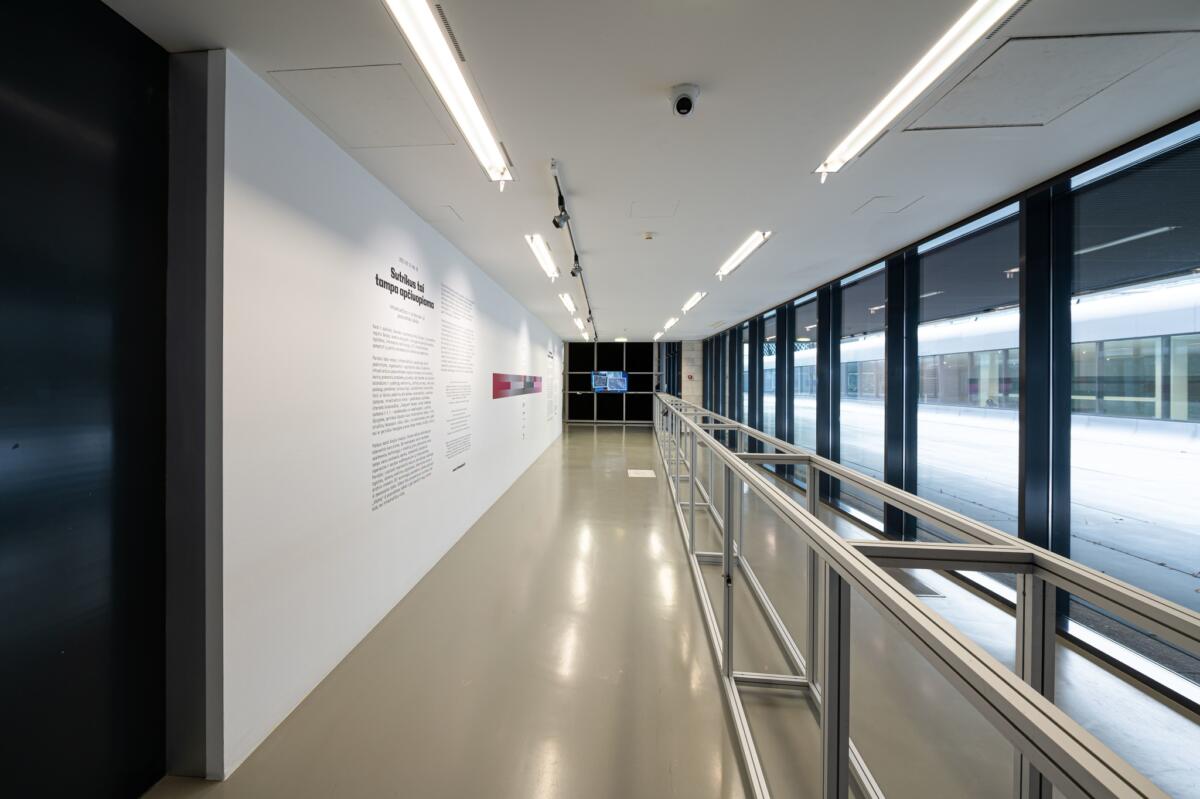

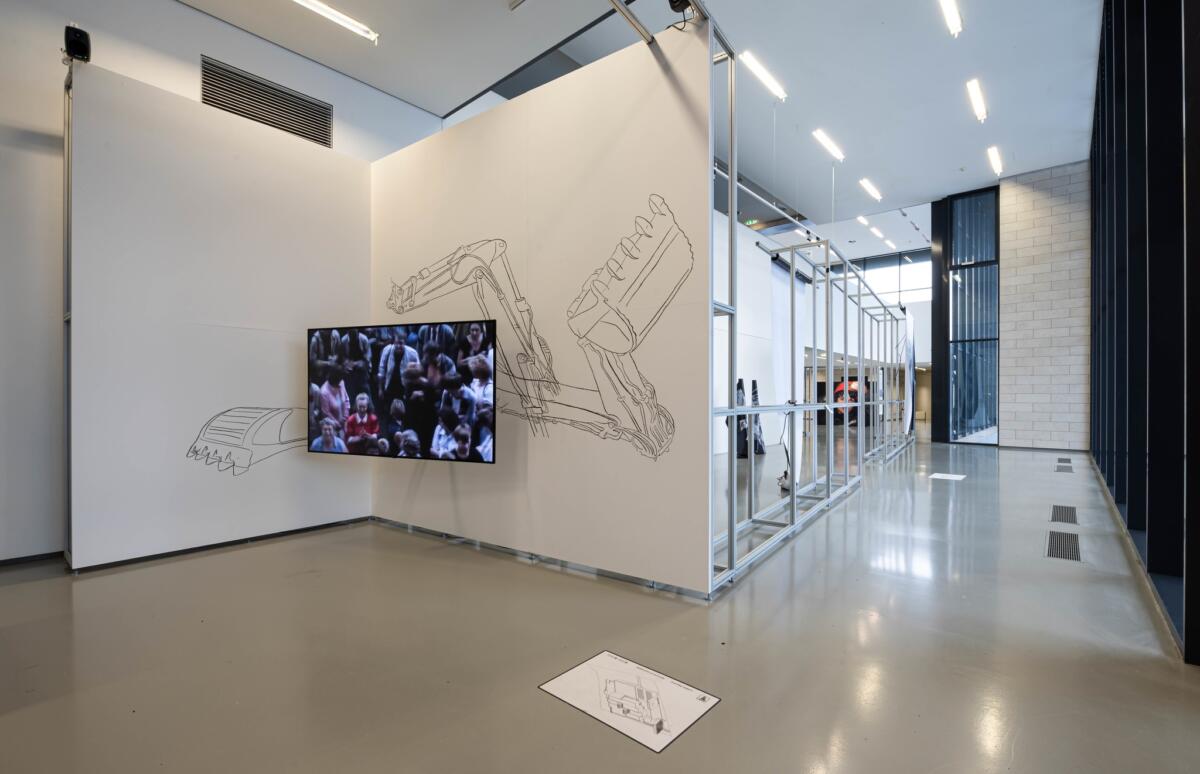
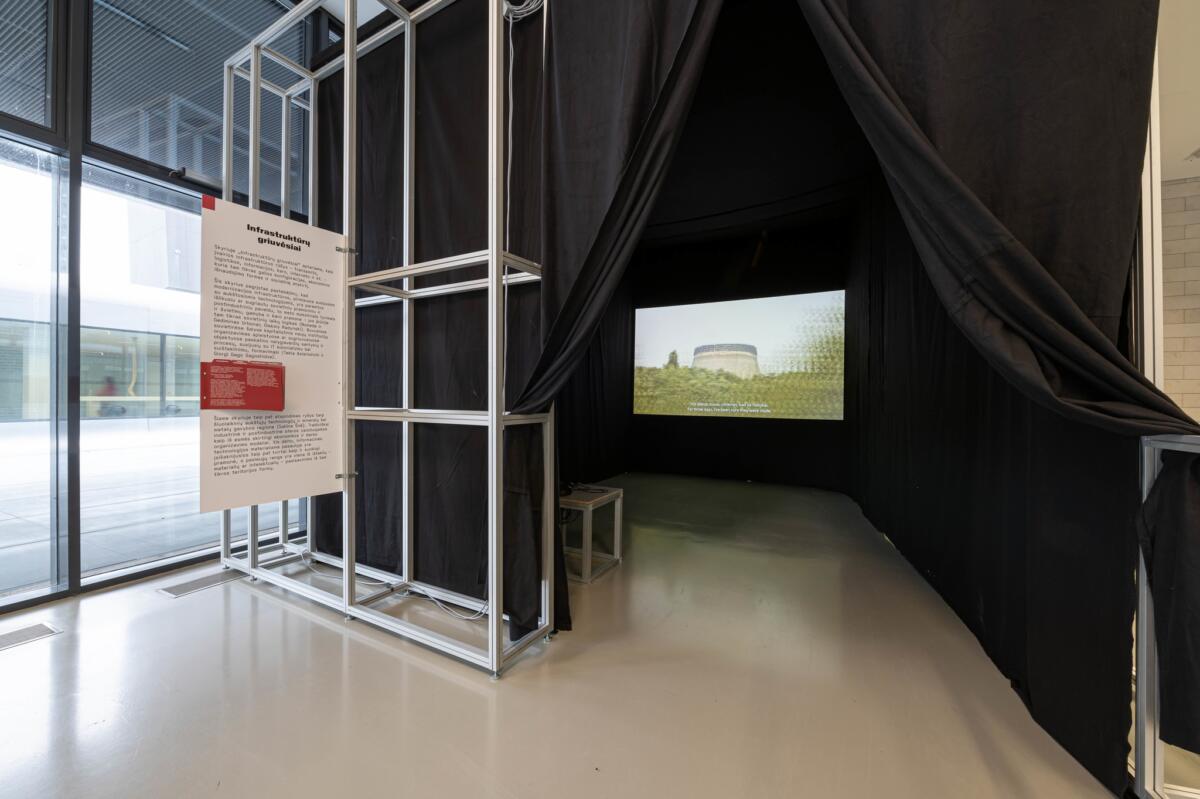

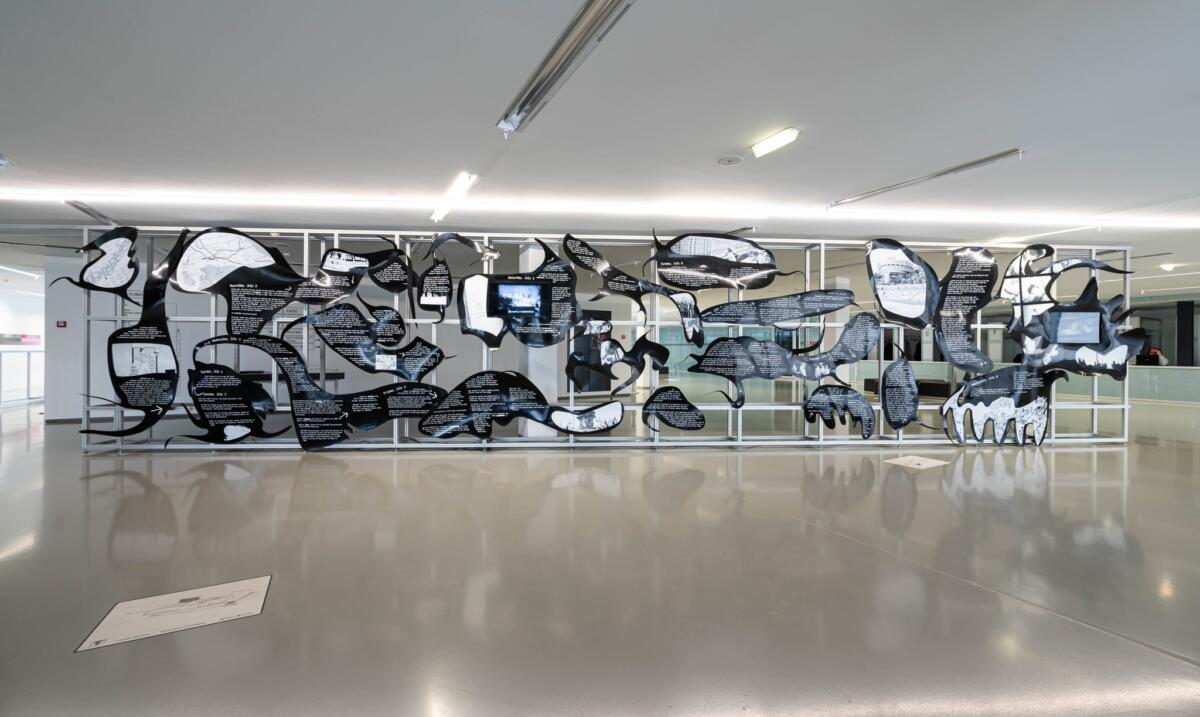
The exhibition derives from the notion of infrastructure, which is understood as a way of distributing and organising power relations. Networks of infrastructure such as railways, gas pipelines, internet fibre optics, Telegram channels, video monitoring systems and so on remain intangible in everyday functioning. At the same time, their breakdown, disabling and interruption exposes the work of the whole infrastructure and their interconnectedness. In a literal sense, power and its materiality become visible, mundane and embodied through breakdown and interruption.
The geography and temporality of various artistic practices presented at the exhibition stretch far beyond the post-Soviet condition. The full-scale Russian invasion of Ukraine and recent political protests in various ex-Soviet countries—Belarus, Ukraine, Kazakhstan, Kyrgyzstan, Georgia and Armenia among others—demonstrate the activist and voluntaristic potential of the technologies themselves. Digital activism and militancy such as hacking, disruption of automated cybernetic systems and leaking of databases became a crucial part of social movements during the protests and an essential characteristic of warfare in Ukraine.
The full-scale Russian invasion of Ukraine can be seen through the lens of cyberwarfare. Ukrainian scholar Svitlana Matviyenko states: ‘The war tension oscillates between two poles […] — AI and nuclear.’. Entangling digital technologies and the kinetic use of weapons, cyberwar becomes one of the most important notions that comprises complexities and infrastructures of contemporary imperialism and warfare. The imperialist configuration of war with its logistics, seizure of nuclear power plants, cyberwar and AI technologies should be addressed from the decolonial perspective and set new configurations as a process of ‘exodus’ from the post-Soviet condition, as proposed by Olexii Kuchanskyi. The exhibition highlights various forms of resistance towards invasive military infrastructures and the creation of new spaces and temporalities of solidarity. The exhibition presents practices that not only represent current developments in tech warfare but also produce various tools that can perform and embody current resistance.
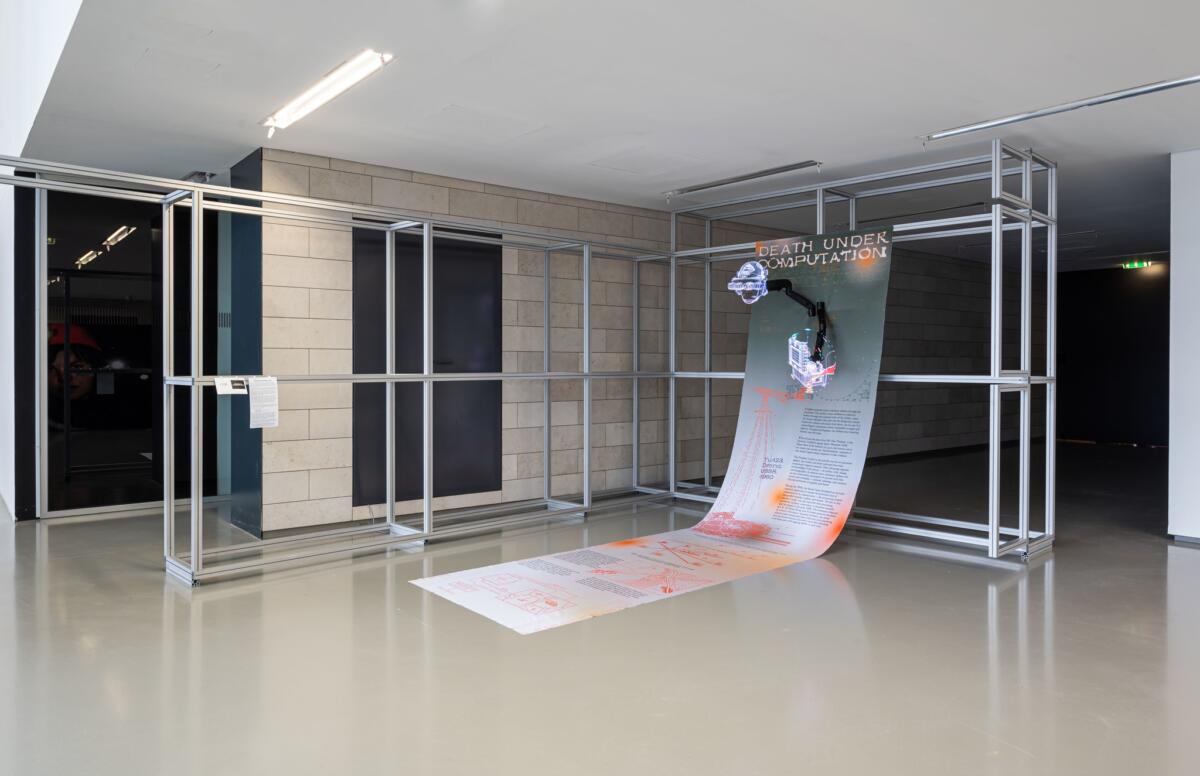
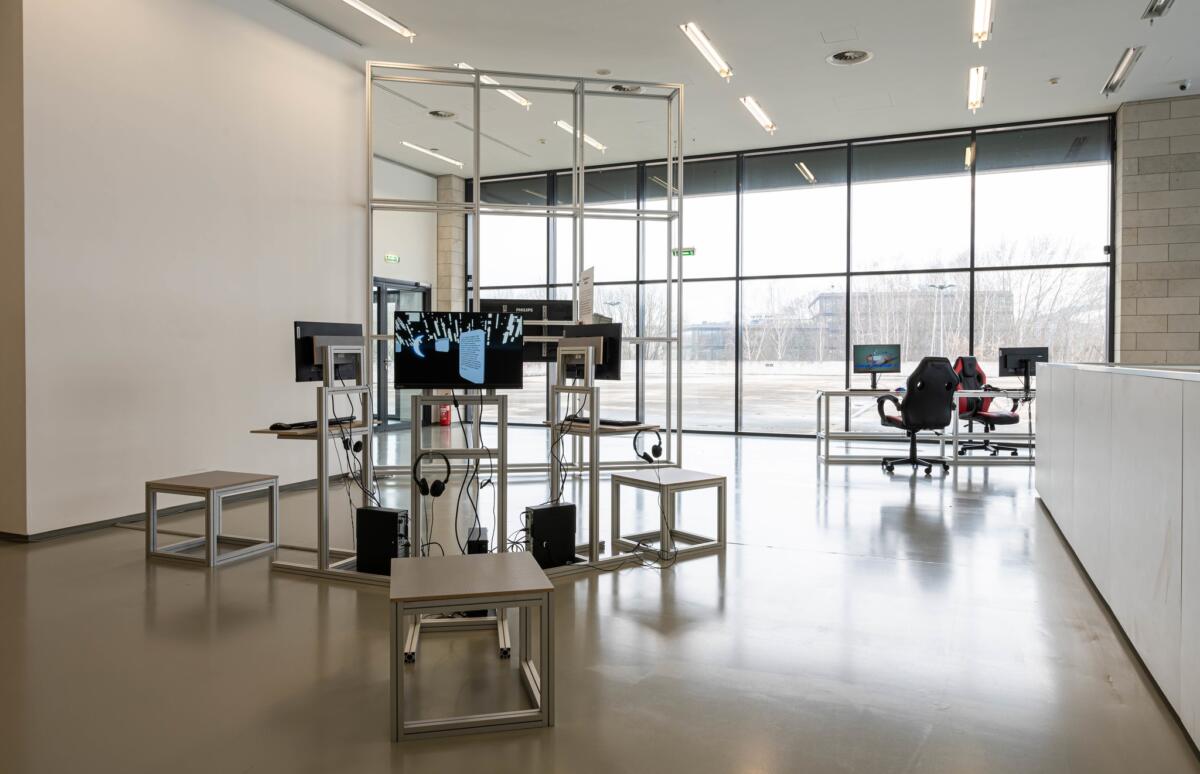
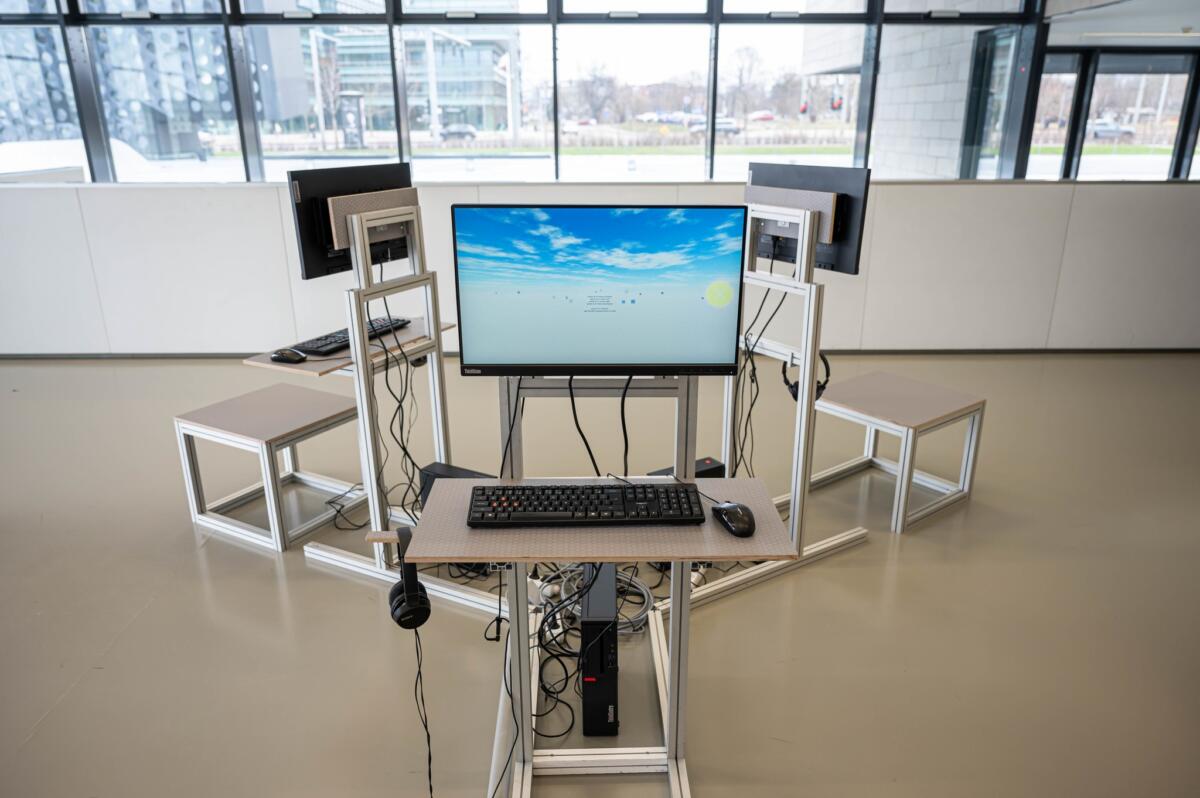

If Disrupted, It Becomes Tangible is divided into 4 sections:
The Ruins of Infrastructures reveals ideas of power relations behind infrastructures and features of the IT sphere in ex-Soviet countries as having been built on the ruins of Soviet military institutions, as well as the connection between digital and industrial production, detected through the ideas of resourcification, colonialism outsourcing and externalities.
Cyberwar and Imperial Imaginations shows the digital ‘frontline’ of the war and how kinetic and cyber weapons are interconnected. It delves into the history of Soviet cybernetics and cyberweapons, the growth of the game development industry and its connection to imperial and post-colonial imaginations.
Disruption as Method analyses how the rupture of infrastructures manifests by exposing the work of power, ultimately highlighting its fragility and vulnerability. This chapter covers various gestures of disruption—hacking, cutting off internet access, cyberattacks—as a method of resistance.
Algorithmic Spaces of Control and Resistance explores the creation of the ‘data subject’, increasing algorithmization and their political effects. It also investigates how new alliances and political mobilisations can be both facilitated and controlled by the use of contemporary technologies.
The disruption of infrastructure as a subversive mechanism of resistance and solidarity has been embodied in the architecture of the exhibition through a discontinuous metal structure that runs across the entire exhibition. On one hand, it exposes gaps in the infrastructure but on the other hand, it links artworks and contexts together. The exhibition is also supplemented by a glossary generated by the curators and artists that can be used as an orientational tool in this complex and layered configuration of technologies, infrastructures and cyberwars.

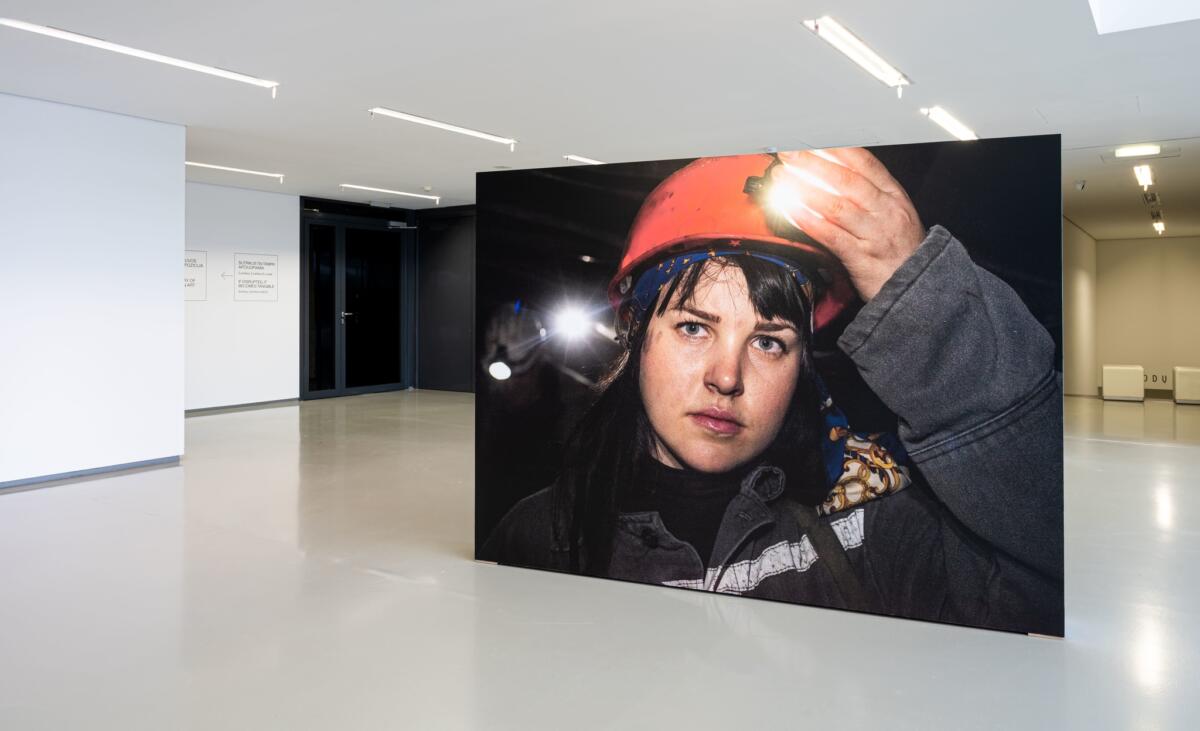

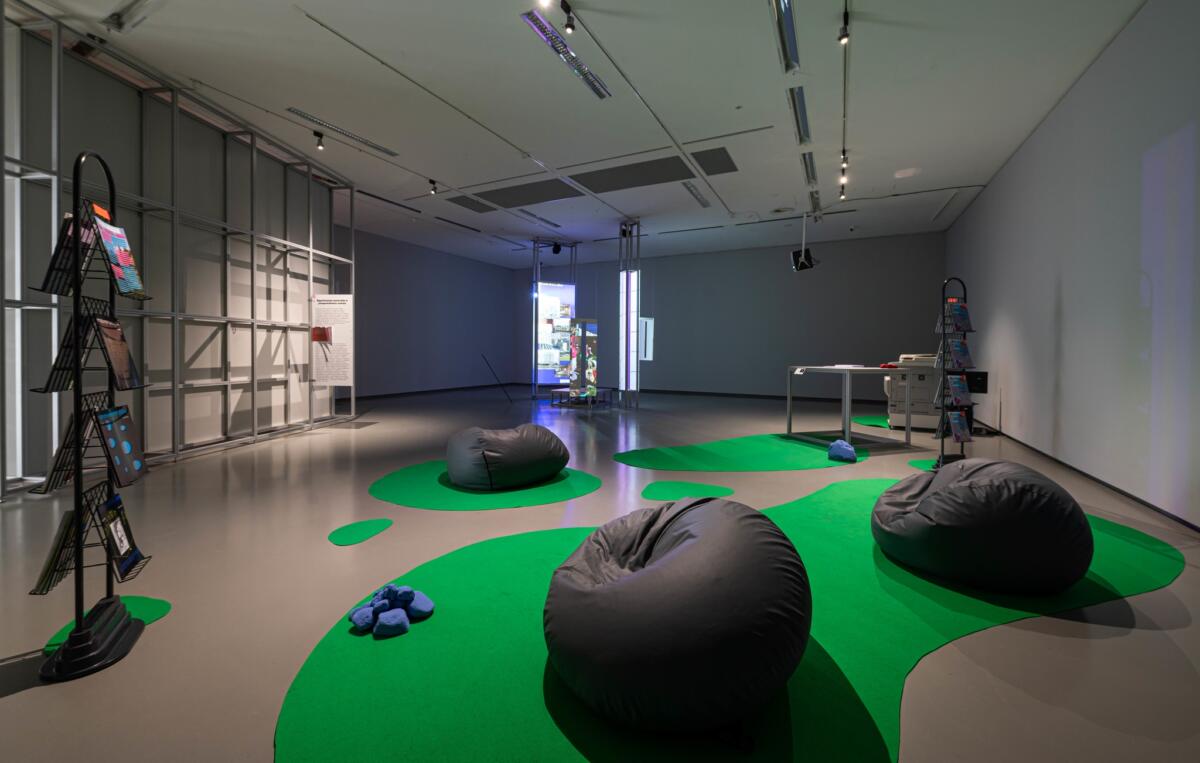
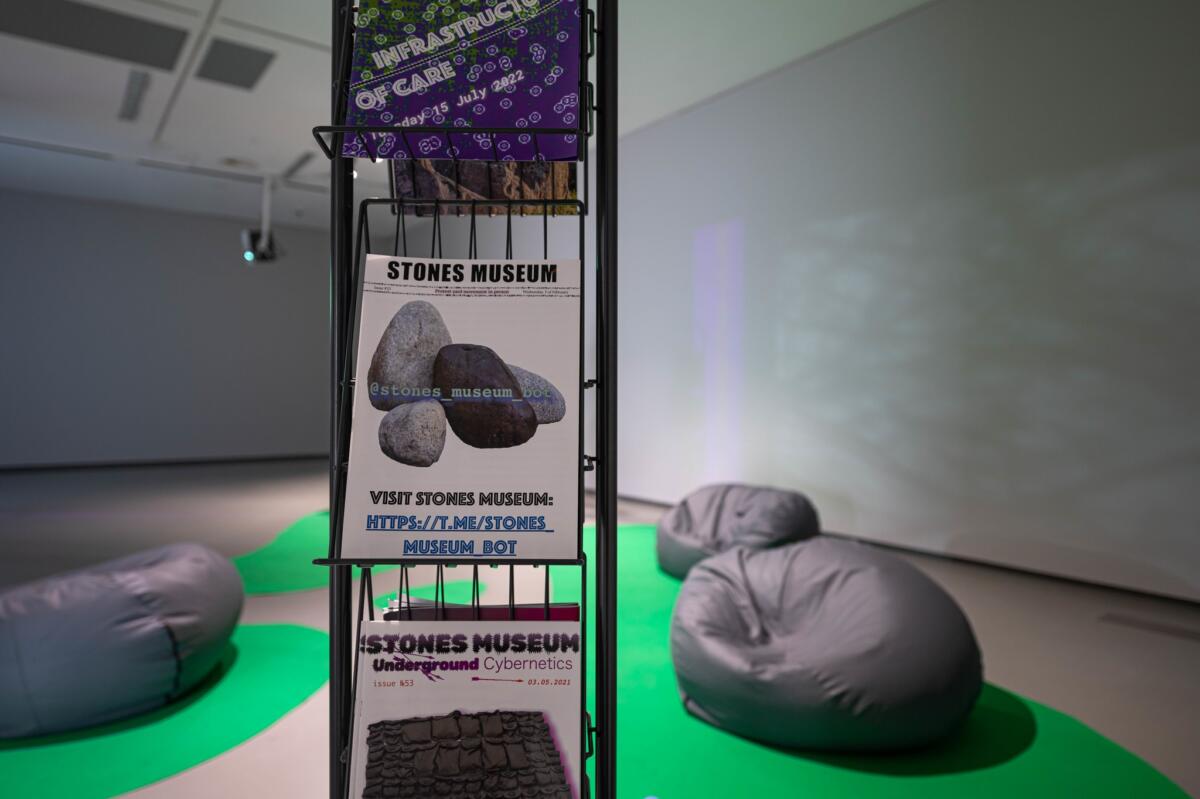

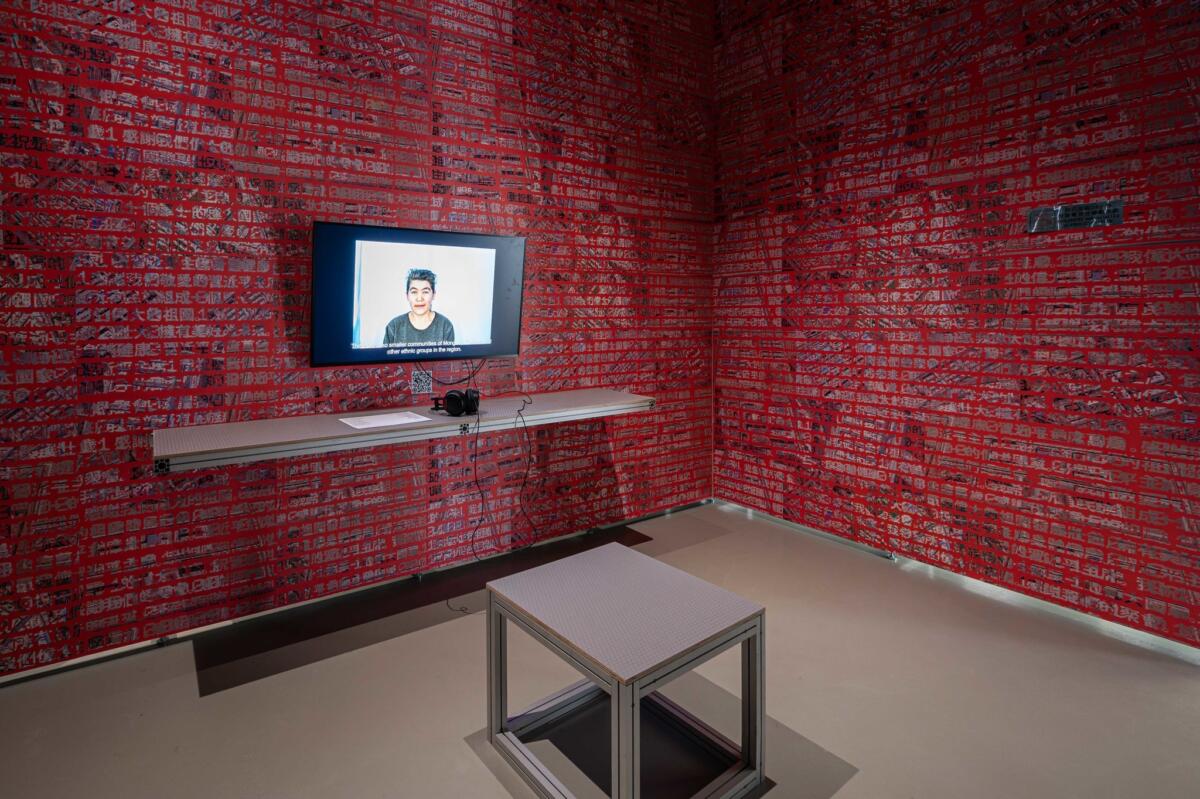
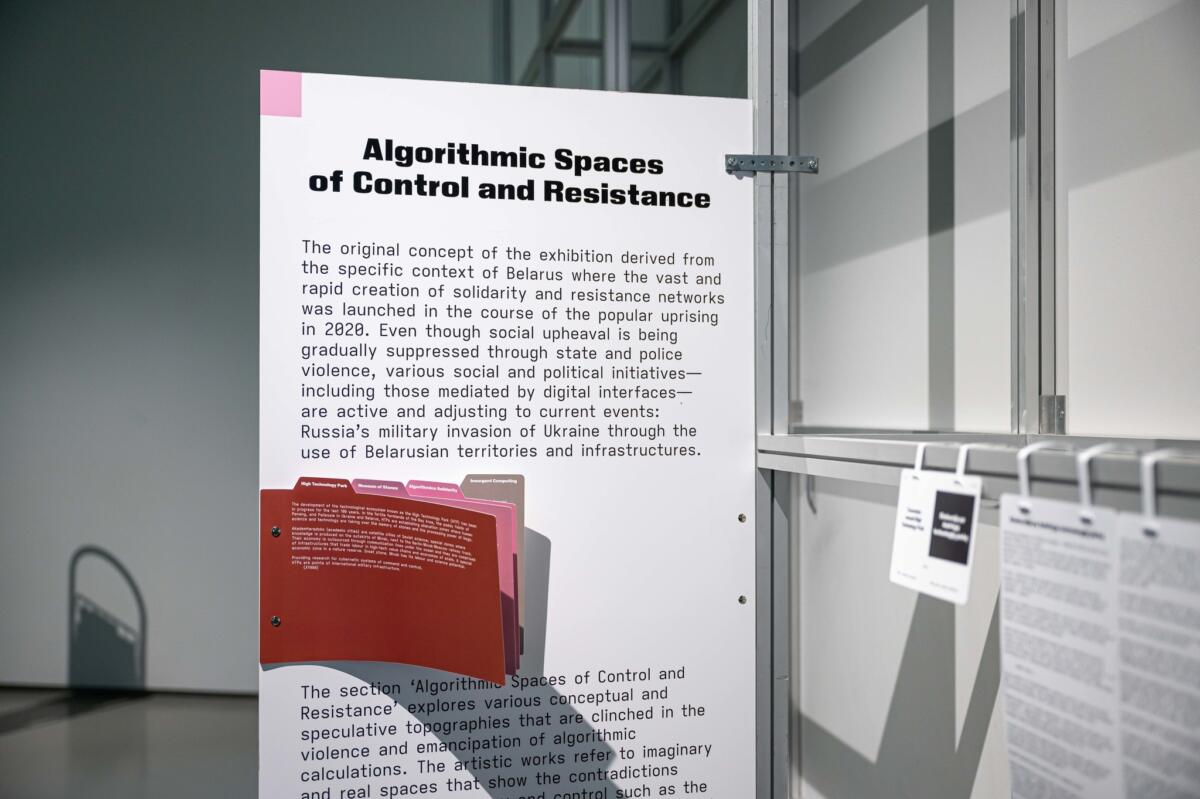
Read more: https://www.if-disrupted.lt/
Imprint
| Artist | Tekla Aslanishvili & Giorgi Gago Gagoshidze, Mariyam Medet*, Yevgenia Belorusets, eeefff, Anna Engelhardt, fantastic little splash, Uladzimir Hramovich *, The Museum of Stones editorial collective *, Oleksiy Radynski *, Alicja Rogalska, Sabīne Šnē *, Nomeda & Gediminas Urbonas, XYANA * (*Star marks presentation of new works, co-commissioned by The National Gallery of Art) |
| Exhibition | If disrupted, It becomes tangible |
| Place / venue | National Gallery of Art, Vilnius |
| Dates | 03.31 - 06.18.2023 |
| Curated by | Aleksei Borisionok, Antonina Stebur |
| Exhibition design | Gabrielė Černiavskaja, Valentin Duduk |
| Website | www.if-disrupted.lt/ |
| Index | Aleksei Borisionok Alicja Rogalska Anna Engelhardt Antonina Stebur Aušra Karsokienė Austėja Tavoraitė Dovydas Laurinaitis eeefff fantastic little splash Gabrielė Černiavskaja Giorgi Gago Gagoshidze Kotryna Markevičiūtė Laura Patiomkinaitė - Čeikė Mariyam Medet Nicolay Spesivtsev Nomeda & Gediminas Urbonas Oleksiy Radynski Paulius Balčytis Sabīne Šnē Tekla Aslanishvili The Museum of Stones editorial collective Uladzimir Hramovich Valentin Duduk Vilnius National Gallery of Art XYANA Yevgenia Belorusets |

